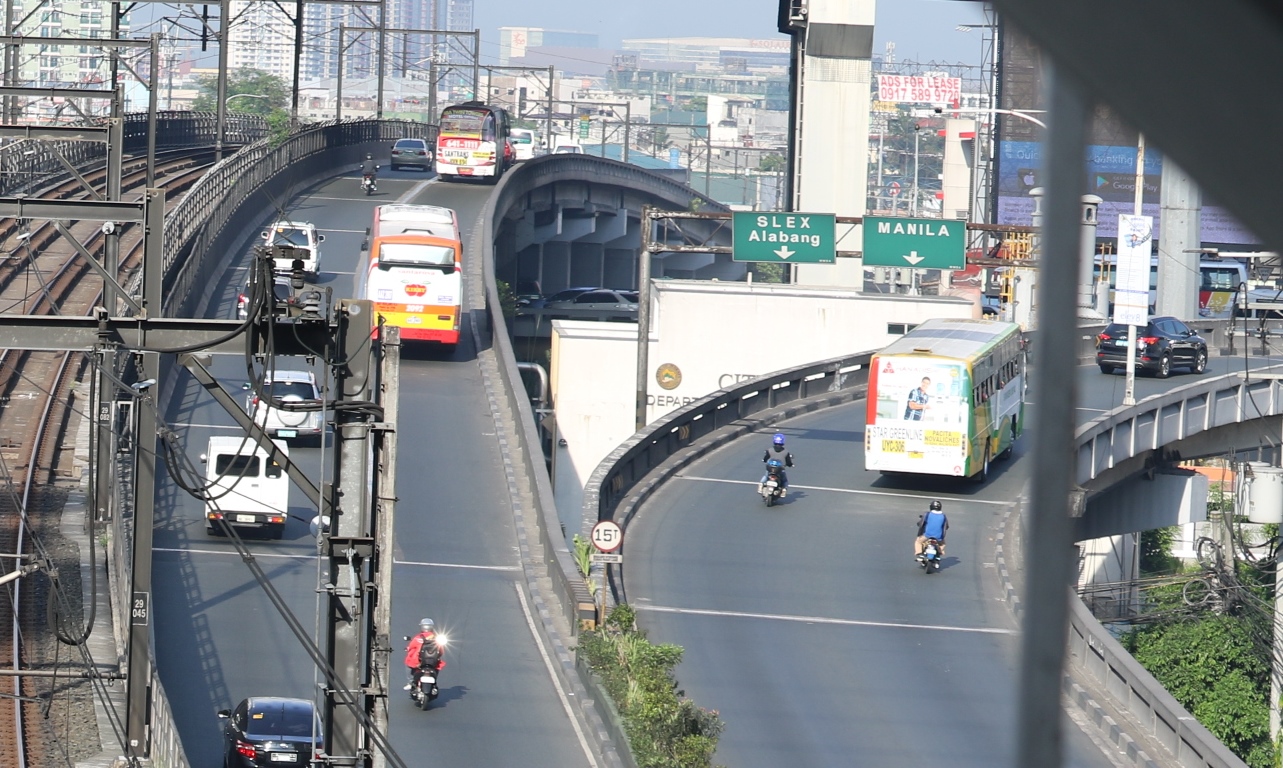
Photo from dpwh.gov.ph website
MANILA, Philippines — The Metropolitan Manila Development Authority (MMDA) has announced that the rehabilitation of the Magallanes Flyover in Makati City has been moved from this month to October. But motorists who regularly pass through Edsa should not heave a sigh of relief just yet. The MMDA also warned of heavier traffic starting in September due to the construction of a temporary steel bridge that would serve as an alternative to the Guadalupe Bridge.
The bridge, also found in Makati, will be closed to vehicles for almost three years to undergo repairs.
In a press briefing, MMDA Chair Don Artes said the retrofitting of the Magallanes Flyover, which was supposed to start this month, would be postponed until the Department of Public Works and Highways completes the rehabilitation of the Kamuning Flyover in Quezon City in late October.
Limited closure period Unlike the Kamuning Flyover, Artes said the one in Magallanes would be closed to vehicles only between 10 p.m. and 5 a.m. for nine months or until July 2025.
The shorter closure time was decided upon after heavier than usual traffic was observed in areas around the Kamuning Flyover when its southbound lane was closed to private vehicles. At the same time, Artes warned of traffic buildup on Edsa near the Makati and Mandaluyong areas once the Guadalupe Bridge starts undergoing rehabilitation in September until July 2027.
A temporary detour bridge, however, for light vehicles would first be constructed.
“But the public should still expect heavy traffic because excavations would need to be done to serve as foundations of the temporary bridge,” Artes said. More repair works
He also announced that Lambingan Bridge in Manila would likewise undergo rehabilitation from September this year until November 2026.
Retrofitting and repair works are underway on dozens of Metro Manila bridges to ensure they will be able to withstand a powerful earthquake in the future.
Based on the study of the Japan International Cooperation Agency, the four bridges were among the 43 “critical” bridges in Metro Manila that could collapse in the event of the “Big One”—a hypothetical magnitude 7.2 earthquake caused by the movement of the West Valley Fault.